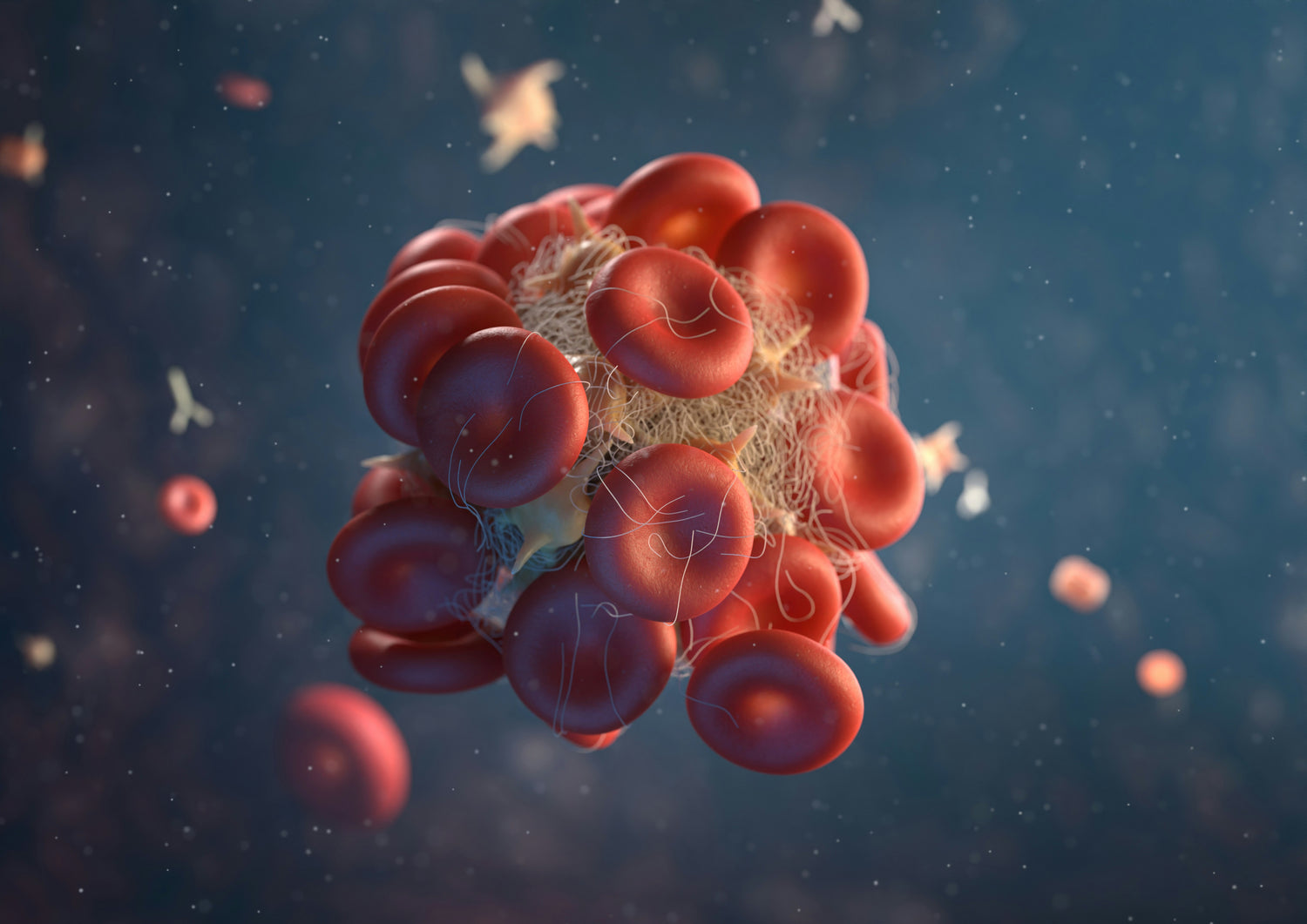
Platelets: A Deep Dive
Platelets are the cells that promote blood clotting, playing a vital role in tissue repair and regeneration.
What are platelets?
Platelets are the cells that promote blood clotting, playing a vital role in tissue repair and regeneration. Also known as thrombocytes, platelets are small, colourless cell fragments in our blood that form clots and stop or prevent bleeding. Platelets also release a variety of mediators including different growth factors that can trigger cell reproduction and stimulate healing in the area they are in.
What is PRP?
Platelet-rich-plasma (PRP), is just a way of isolating these platelets and reinjecting them into a localised area to stimulate a natural healing process. The practitioner first takes a sample of blood from the patient, usually in a 10ml vial. This is then placed into a centrifuge, which separates the different components in the blood due to the gravitational force it is exposed to during centrifugation. The red blood cells and buffy coat are pushed to the bottom, whereas the Platelet-rich-plasma - a gold coloured liquid - will settle at the top. This is then harvested and administered as a treatment in a number of therapeutic applications, including aesthetics, hair regrowth, dermatology, orthopaedics, veterinary treatments and more. Depending on the treatment, a practitioner may centrifuge the blood at a different speed, to create a more or less concentrated PRP layer.

After Centrifugation, the blood is split into three different layers. The red blood cells and buffy coat are discarded, and the PRP is reinjected into the patient. If using PRP in orthopaedics or sports injuries, the blood will be centrifuged for a longer period, and the top layer will split between PPP (platelet-poor-plasma) and PRP, PPP remaining at the top. Here, the practitioner will harvest only the bottom two ml of the plasma.
Why does the PRP tube matter?
There are hundreds of PRP tube manufacturers on the market, so choosing which tube to use can be confusing. Dr. Jeremy Magalon released a paper in 2016 where he outlined a new form of PRP classification system, DEPA. This stands for dose of injected platelets, efficiency of production, purity of the PRP and Activation of the PRP. This classification system has allowed every PRP system to be analysed against one another in an unbiased method to properly understand the quality of each brand. The differences between a good and bad quality tube will make or break your PRP application - bad quality tubes not only don't yield good results, but if not Class IIB CE certified, may potentially be dangerous for the patient.
At the IMCAS congress, top scientists in the regenerative medicine field test and review all participating PRP tubes to the DEPA classification system, as set out before. At the most recent 2023 congress, the T-Lab PRP tubes came in the top three out of over 50 brands participating, surpassing all of the most well-known PRP brand names in the UK. Hawksley has a fair price policy which is integral to our practices, meaning T-Lab PRP tubes are a fraction of the price of all other leading PRP tubes.
T-Lab is proud to have a world-leading DEPA score, with an 90.1% platelet recovery rate, a 4.6 billion platelet dose and a 95.7% purity.
